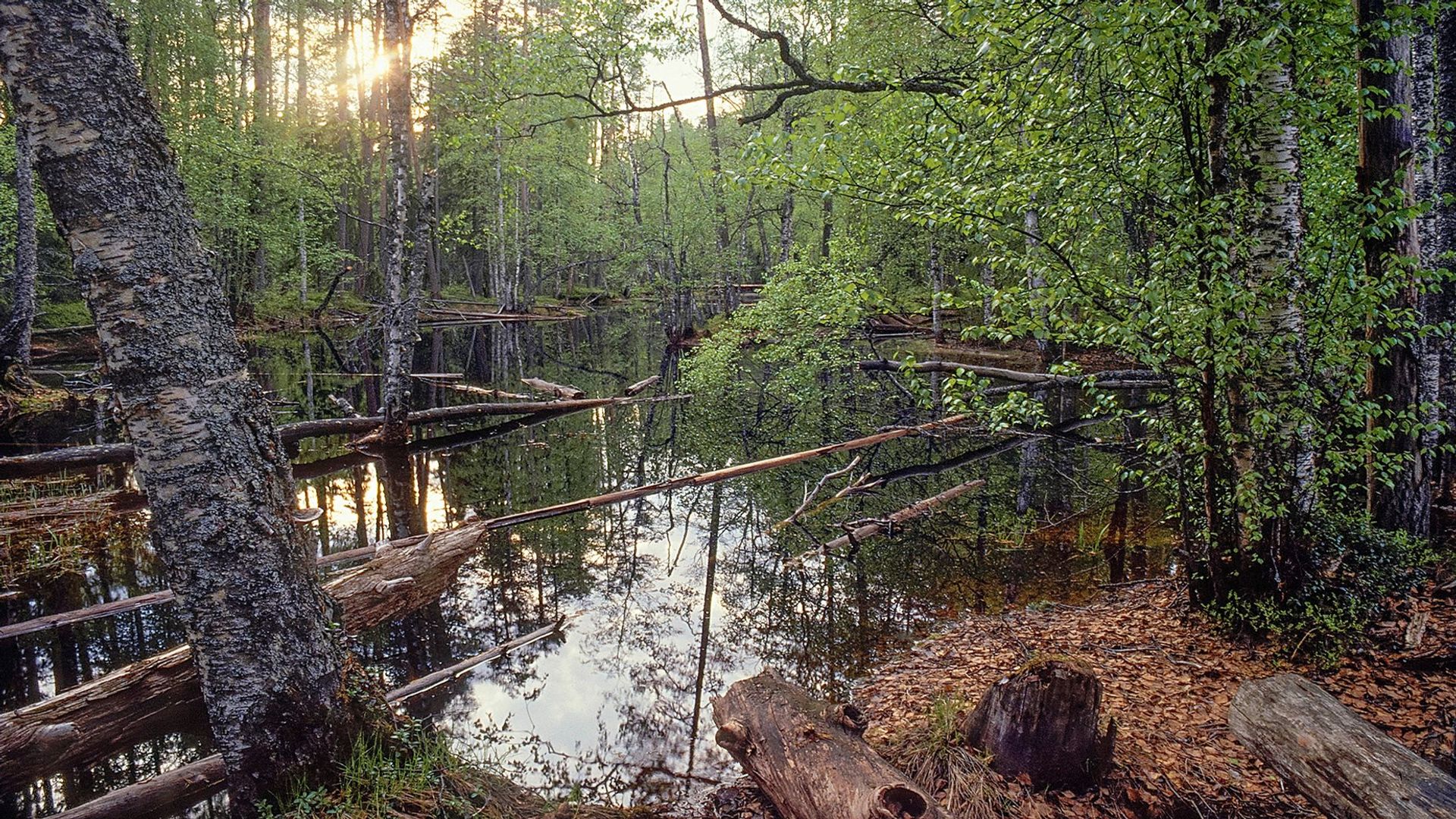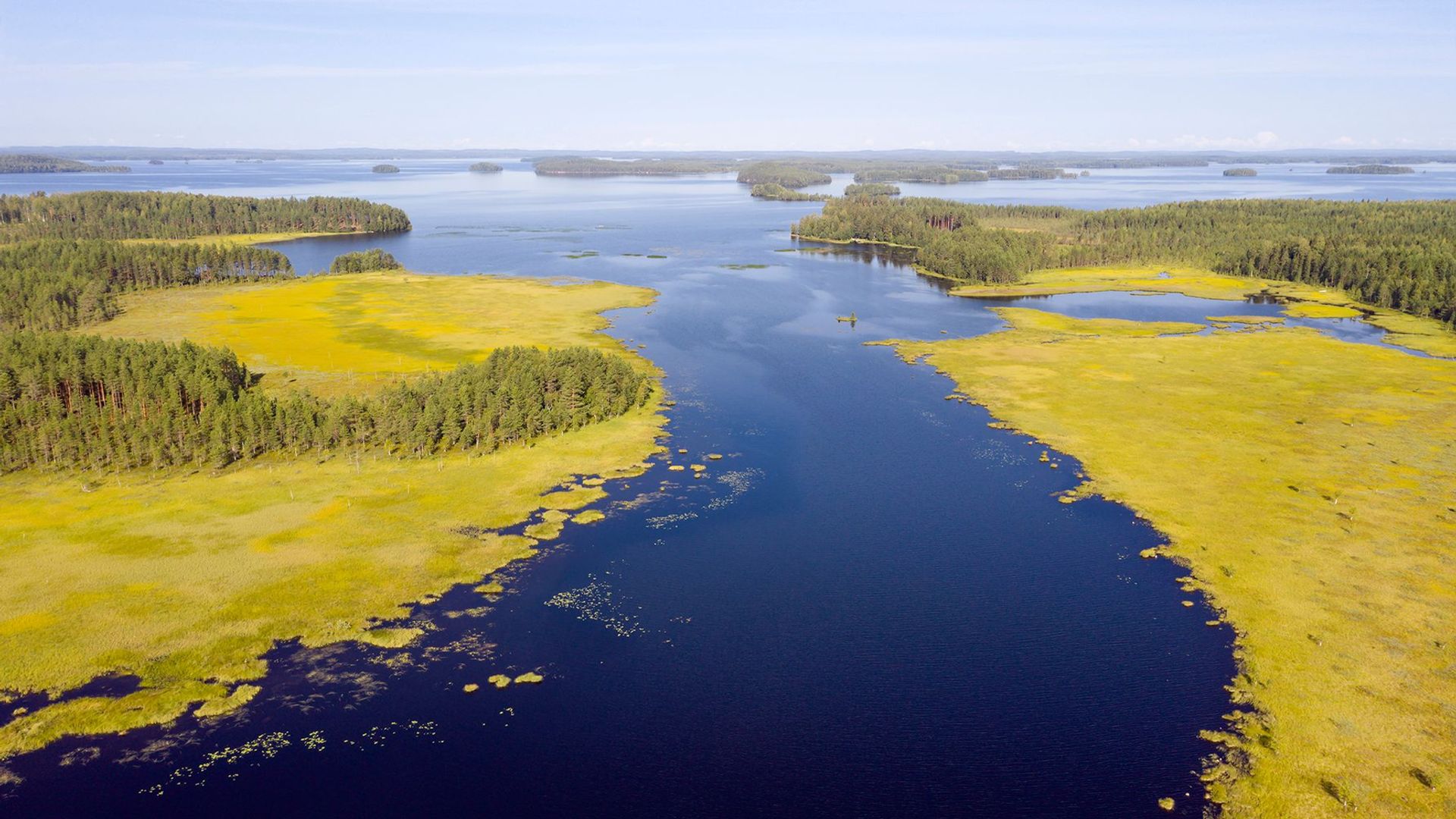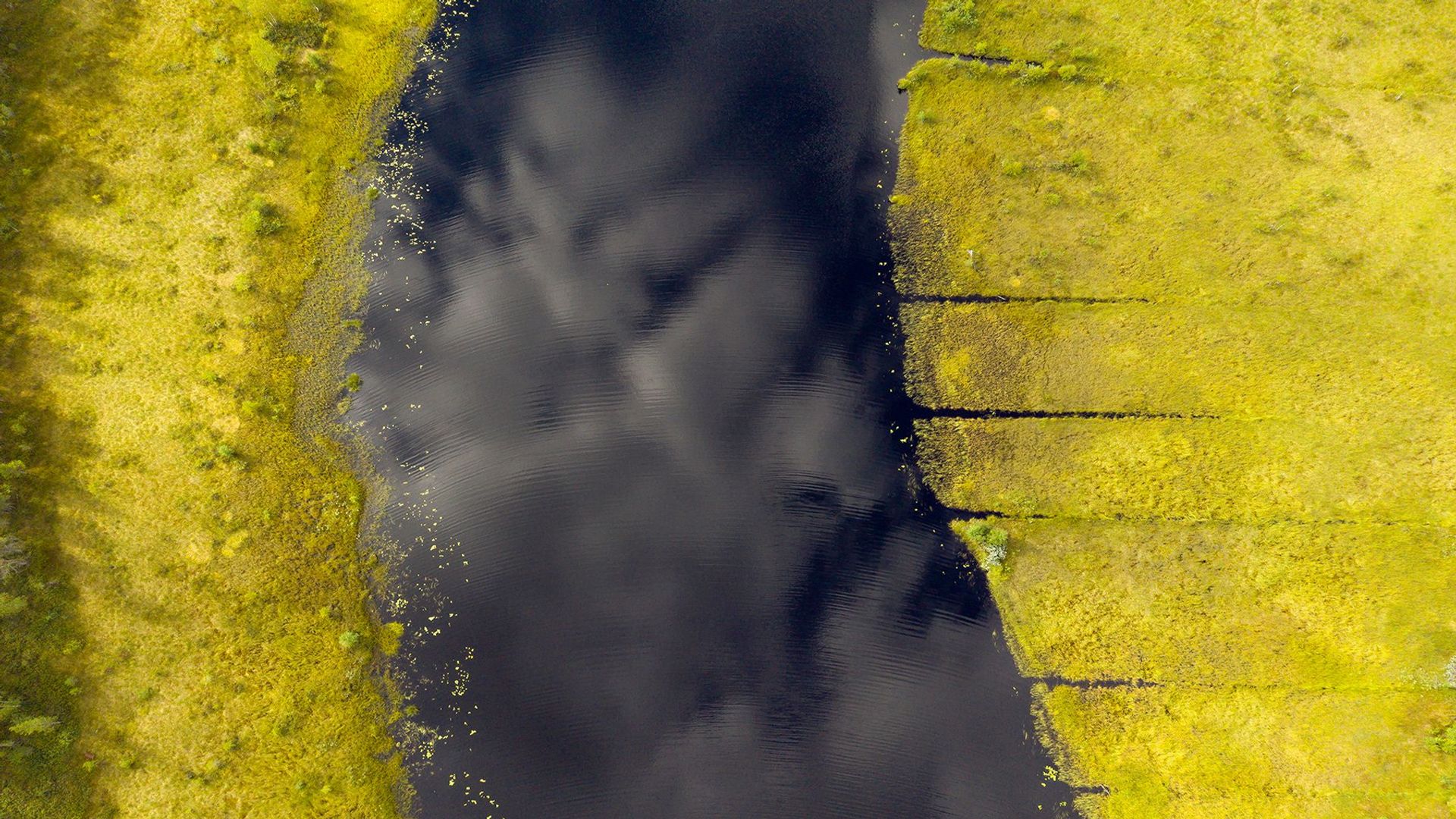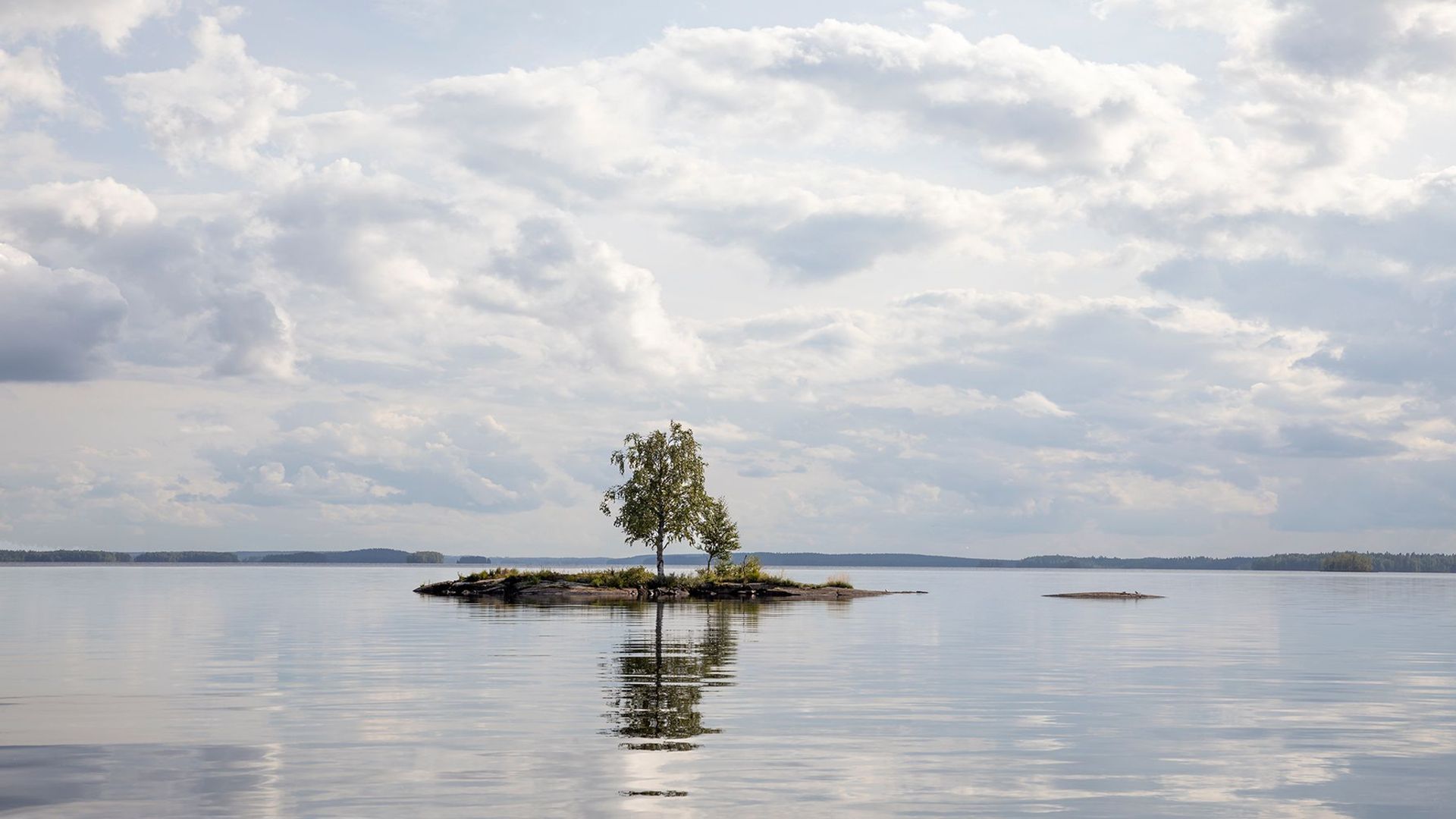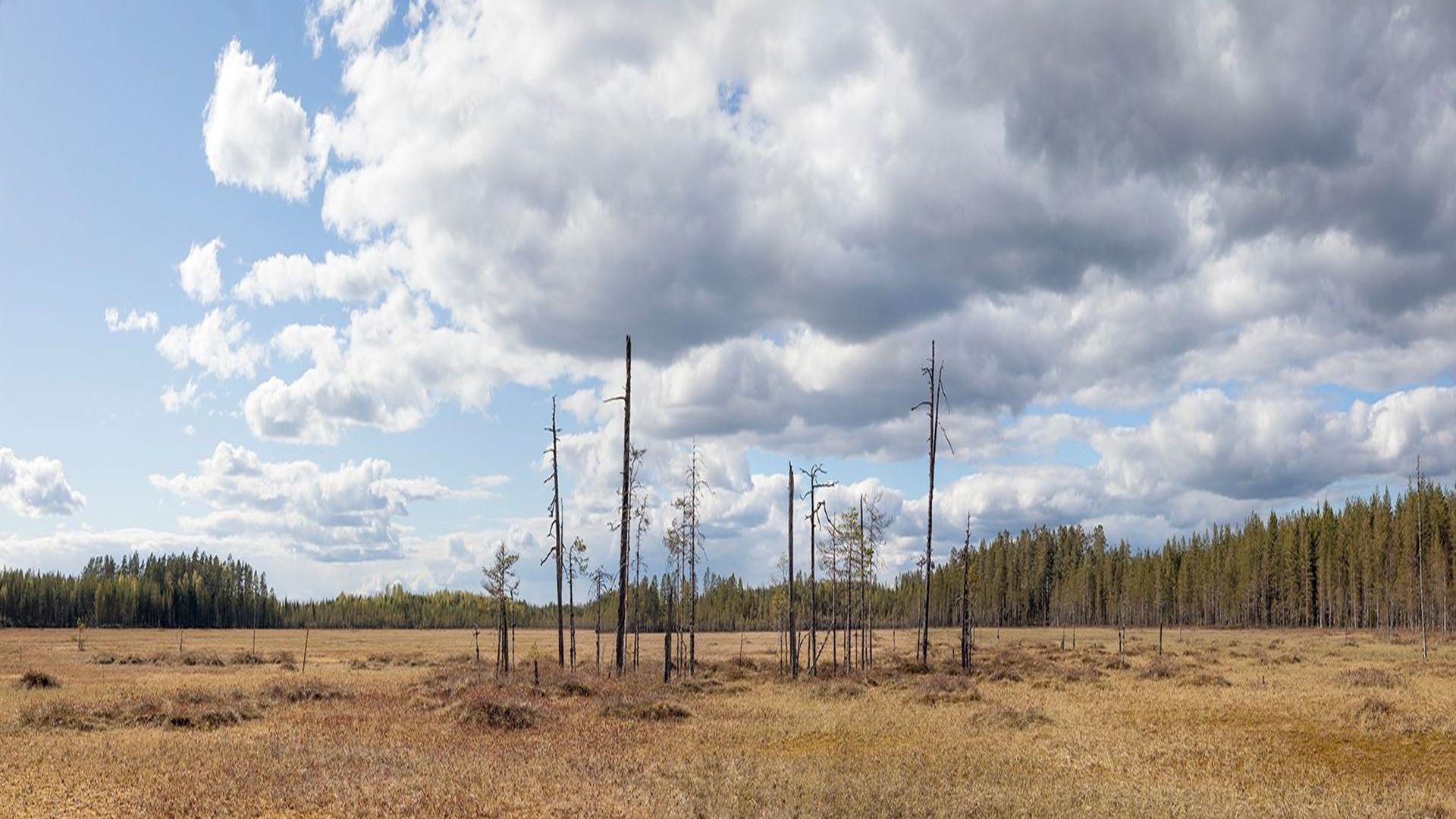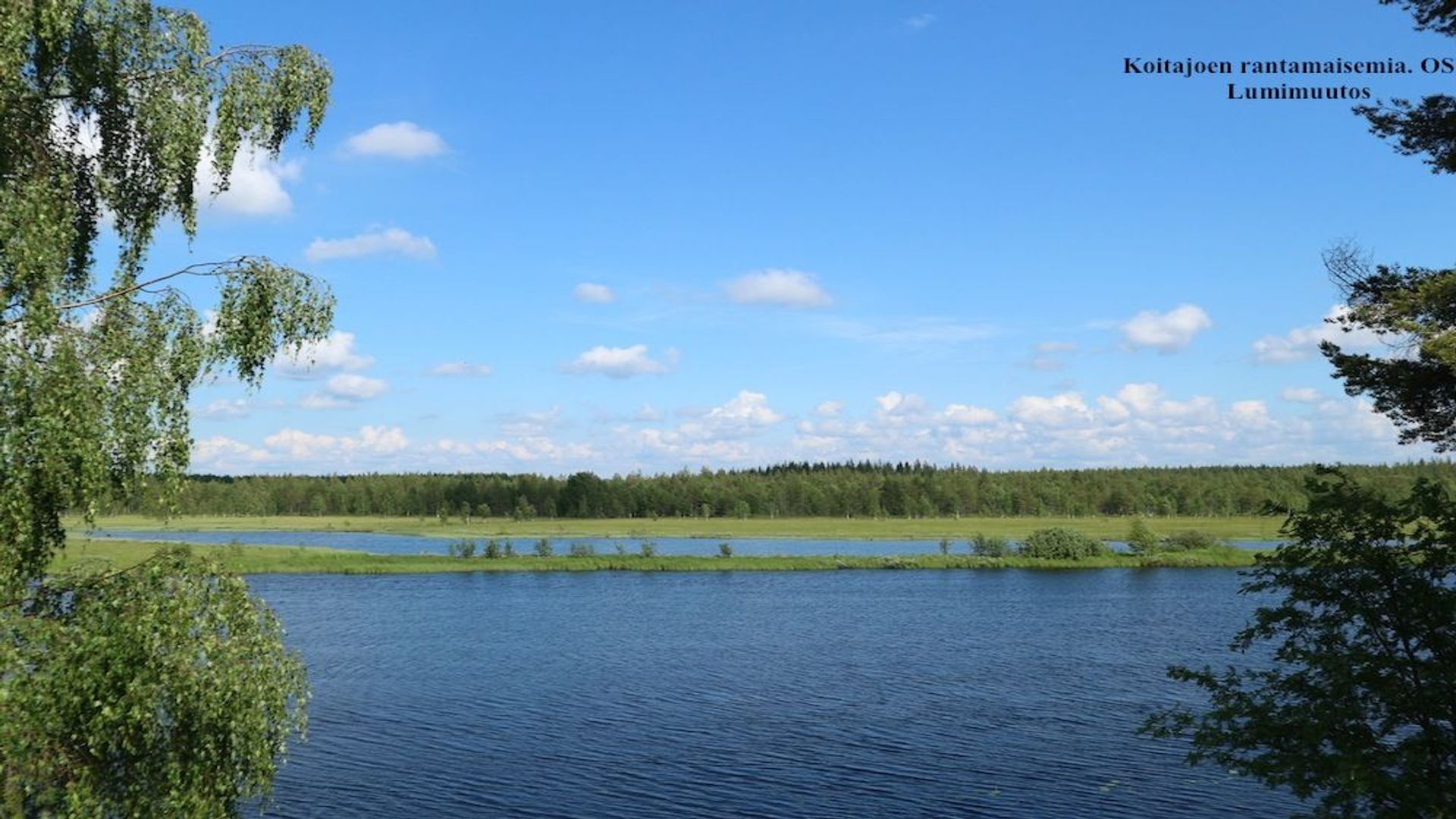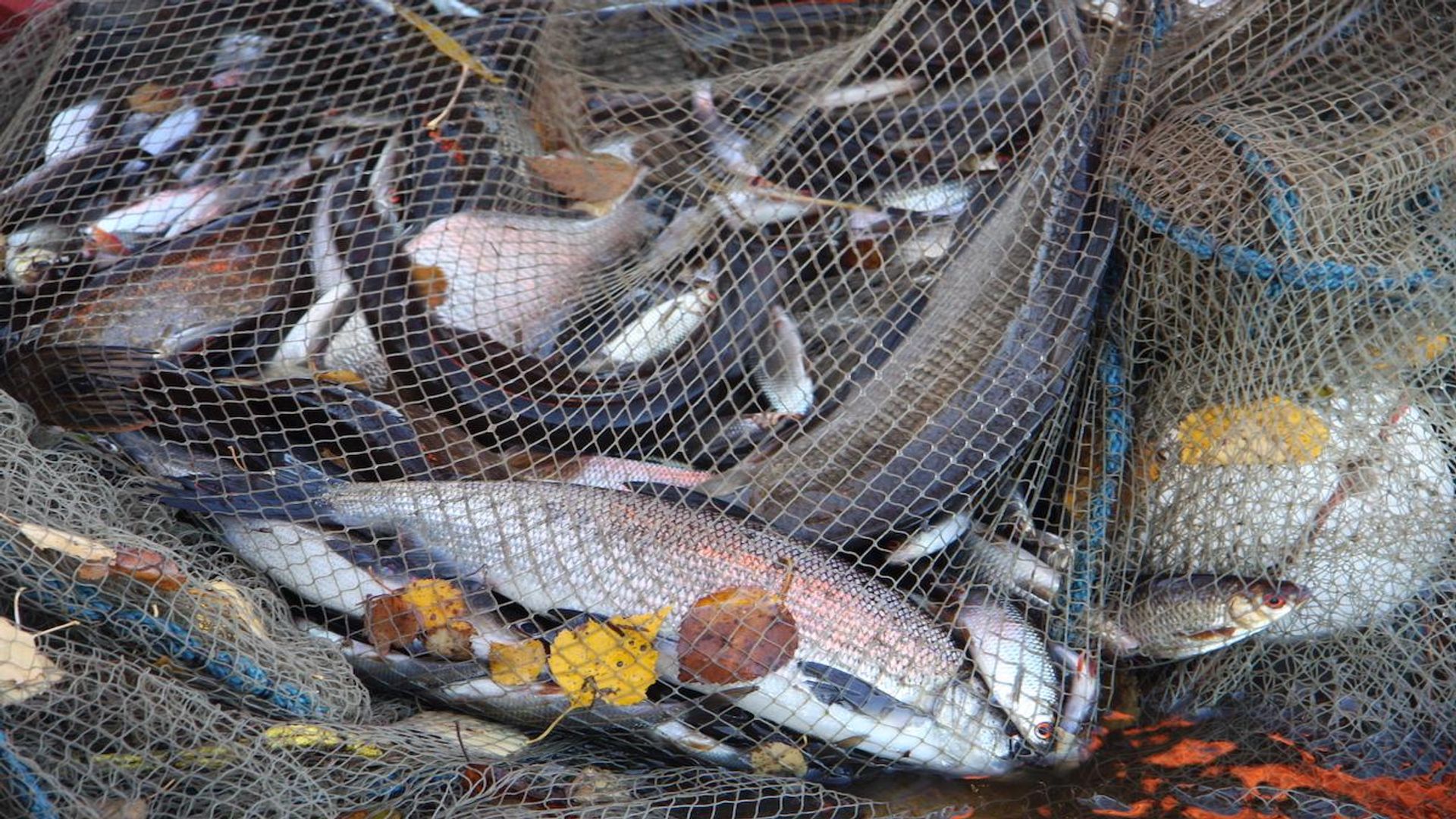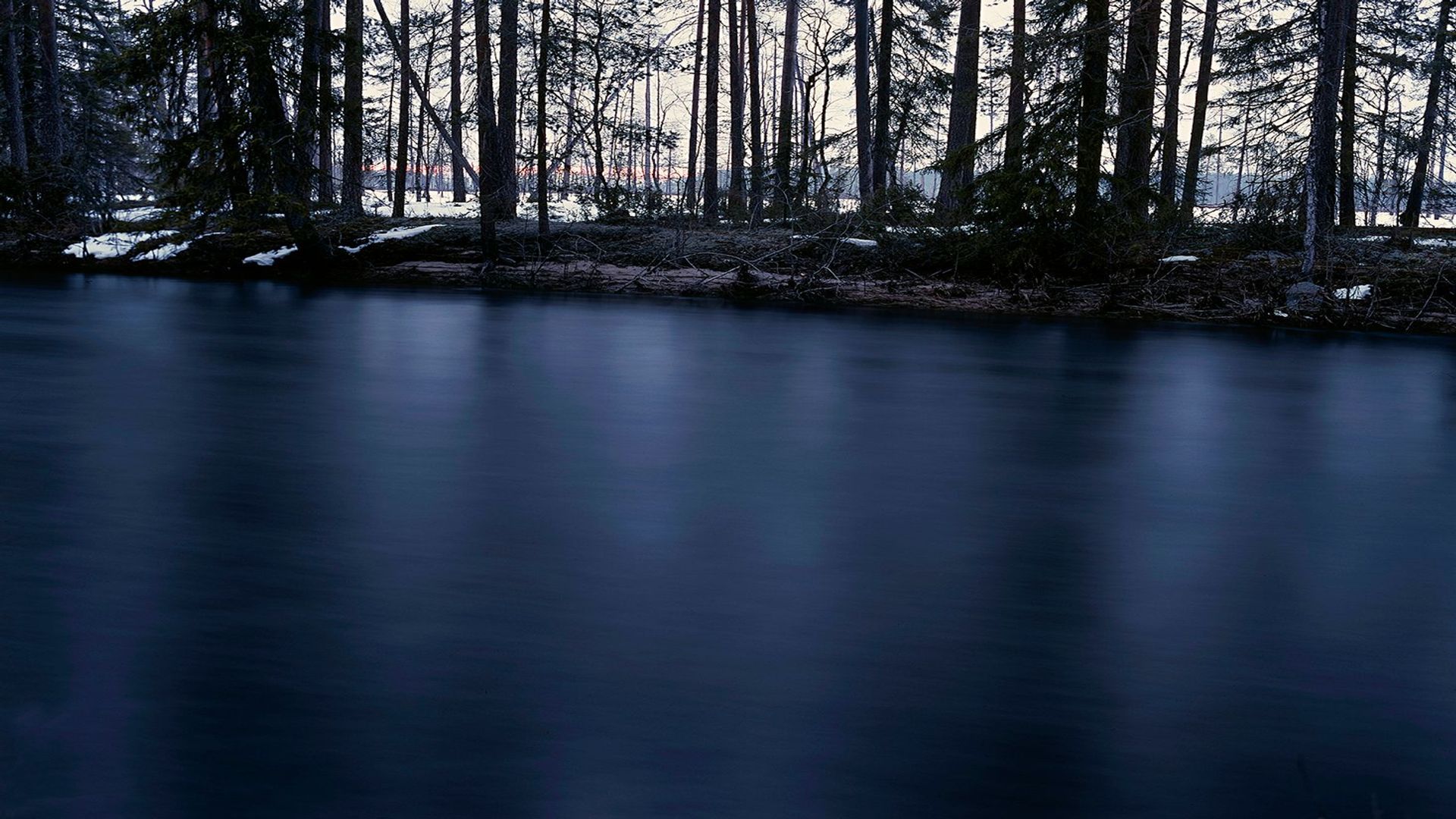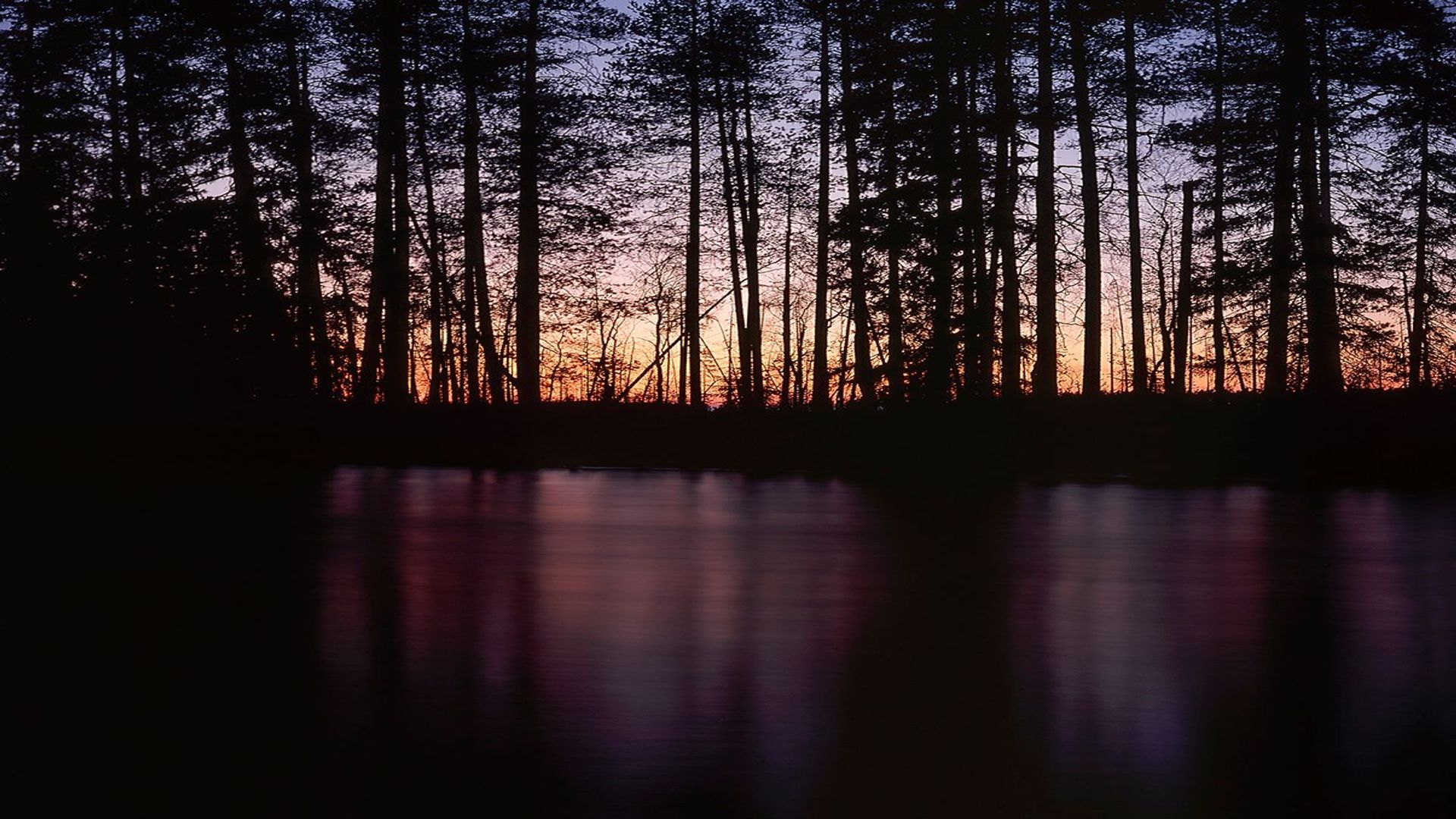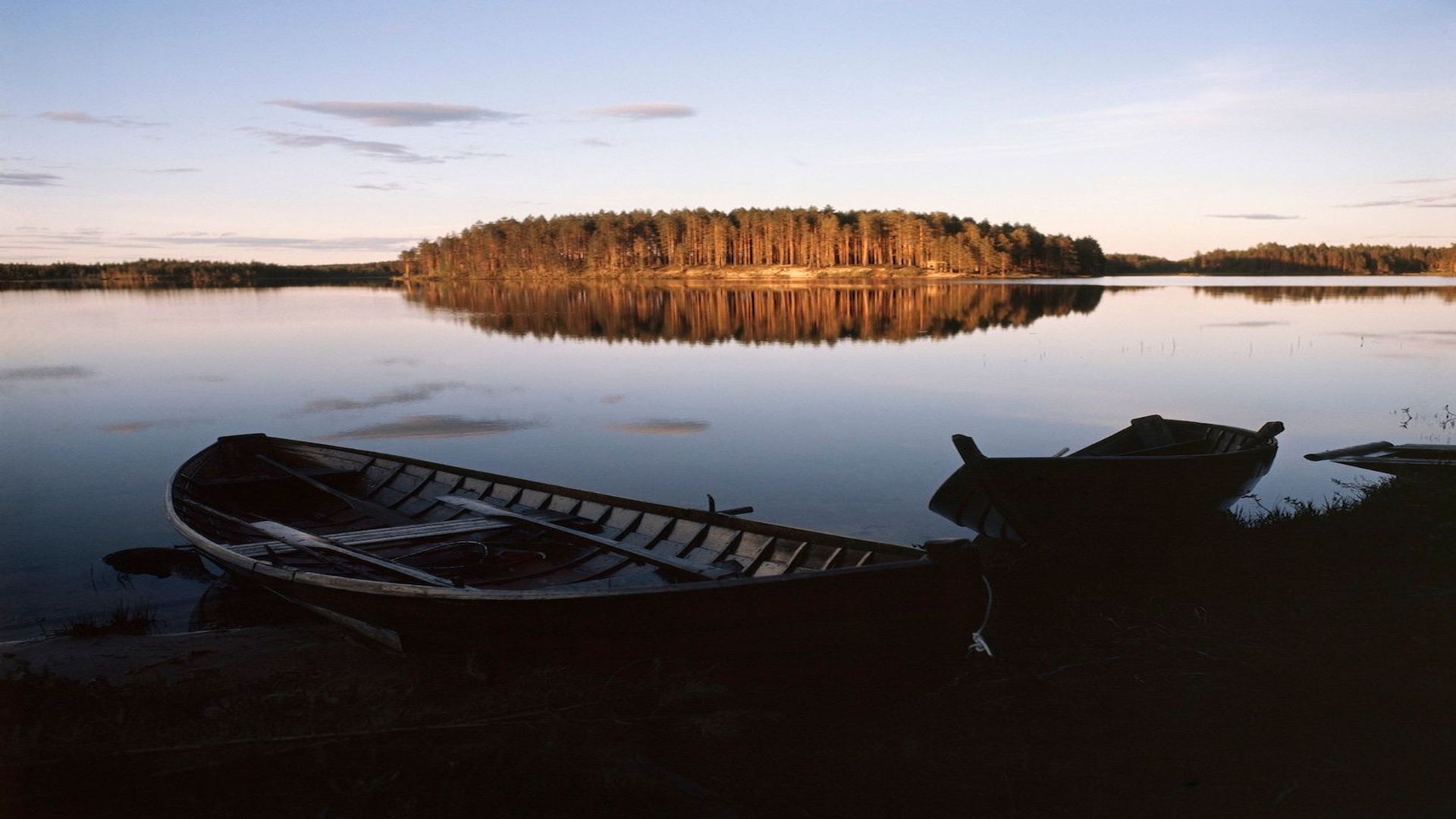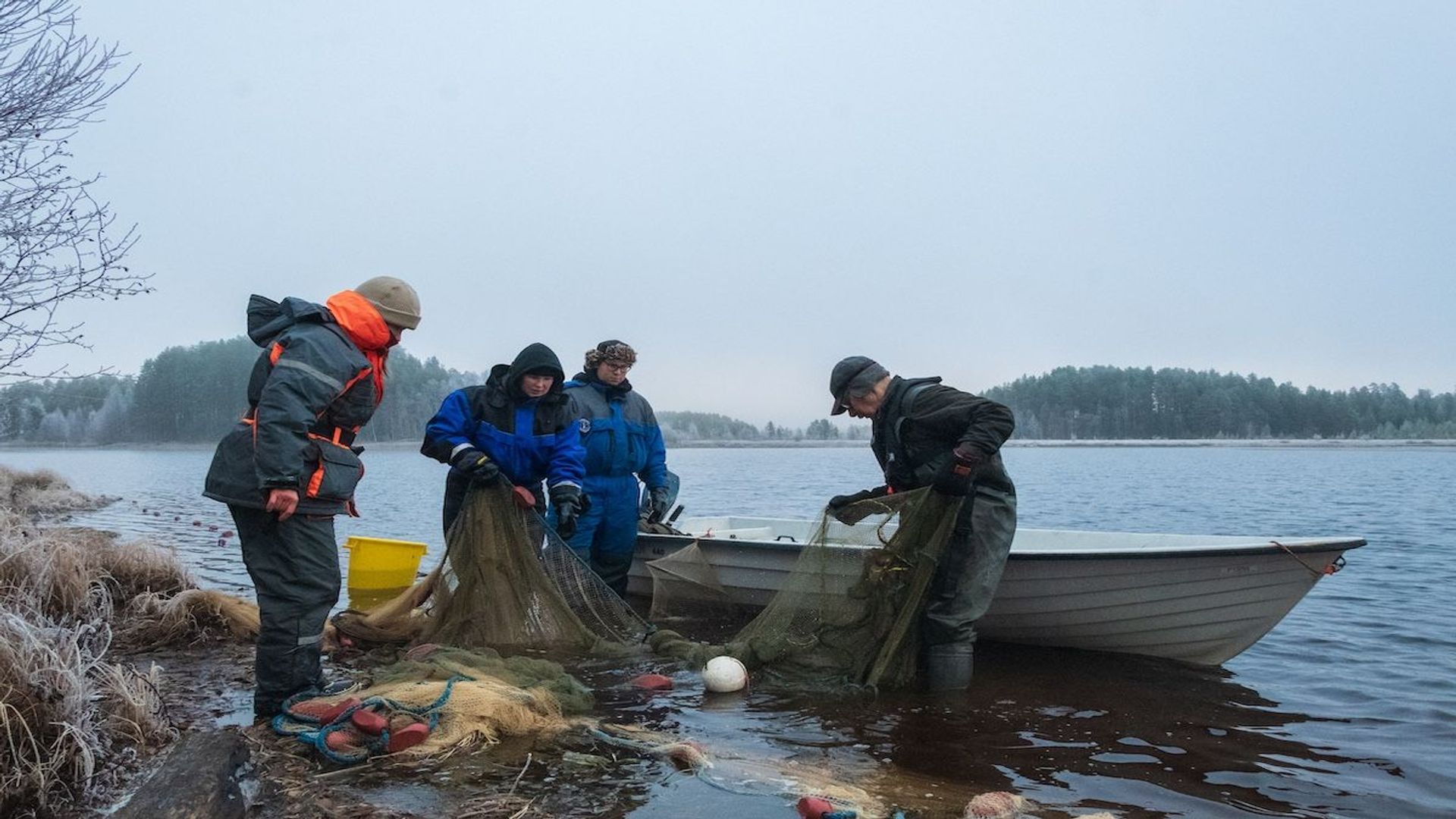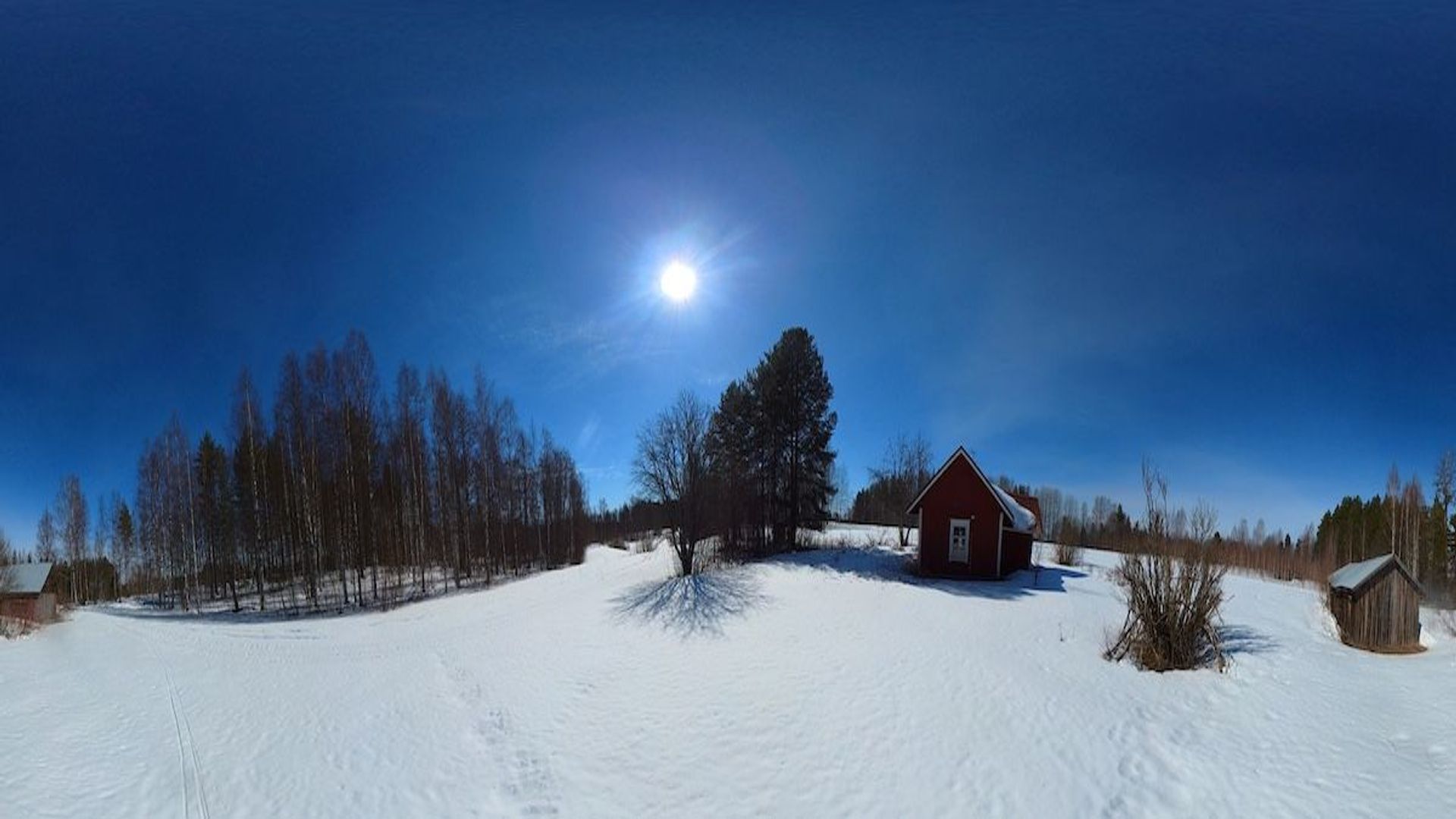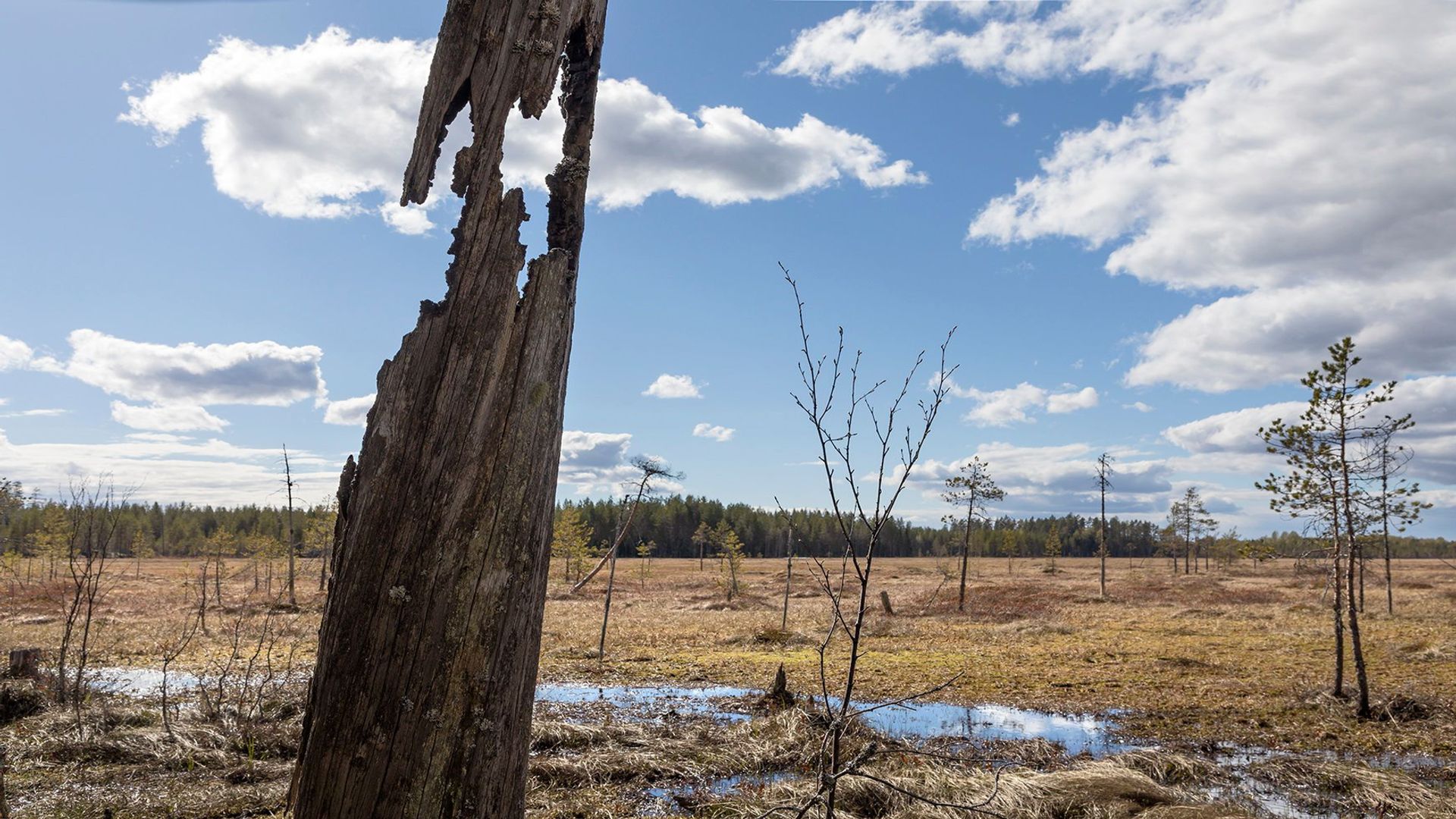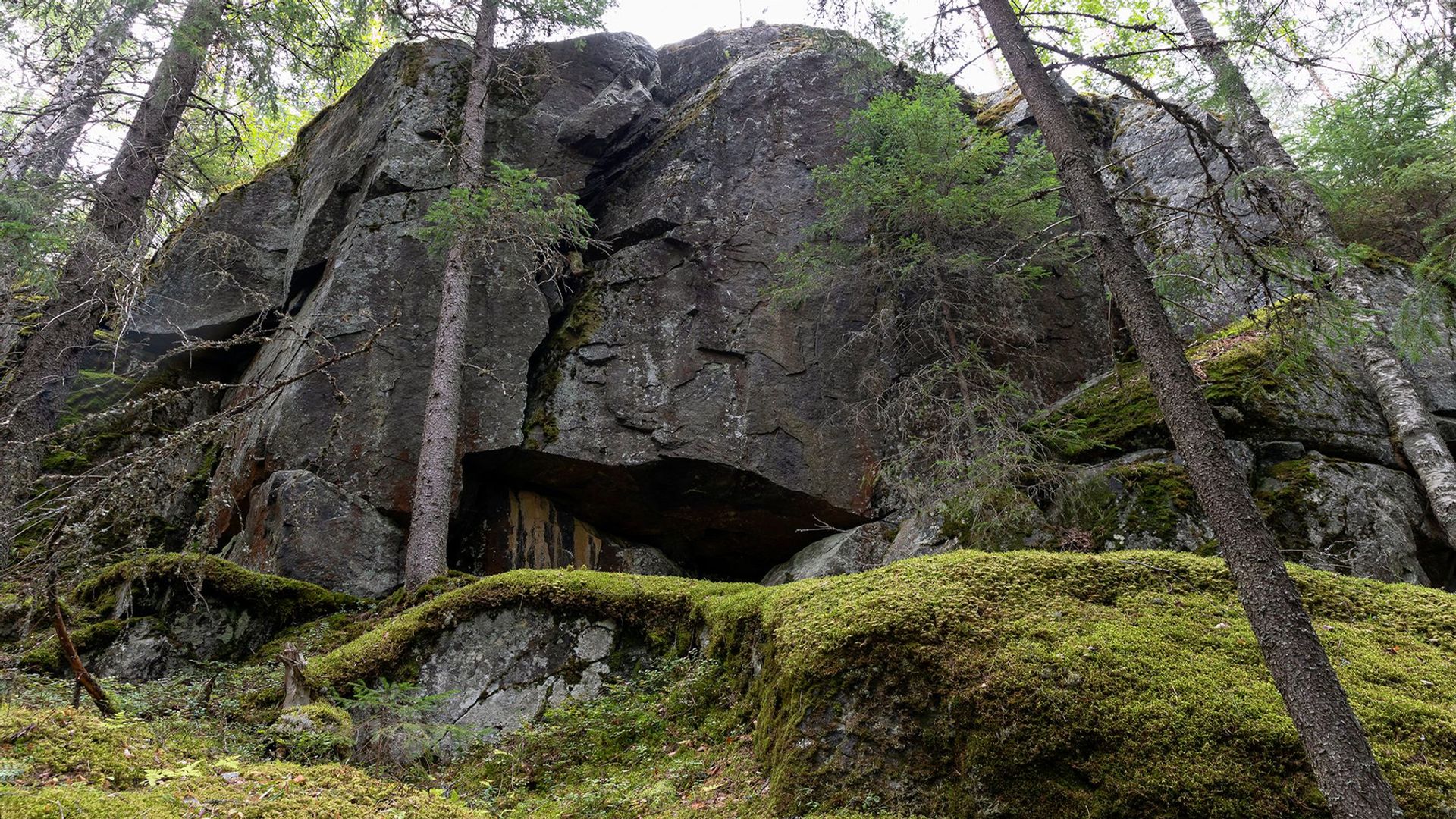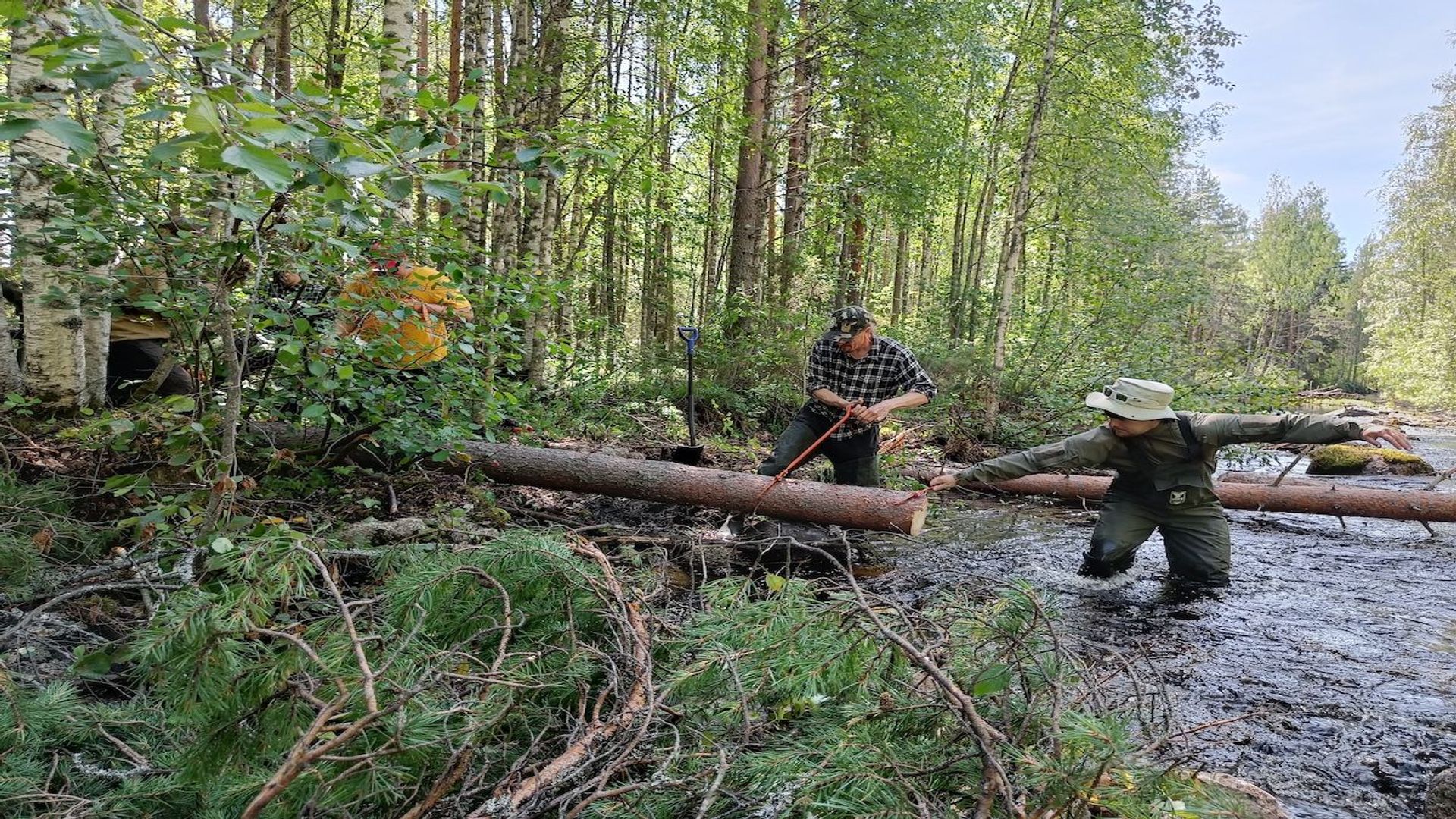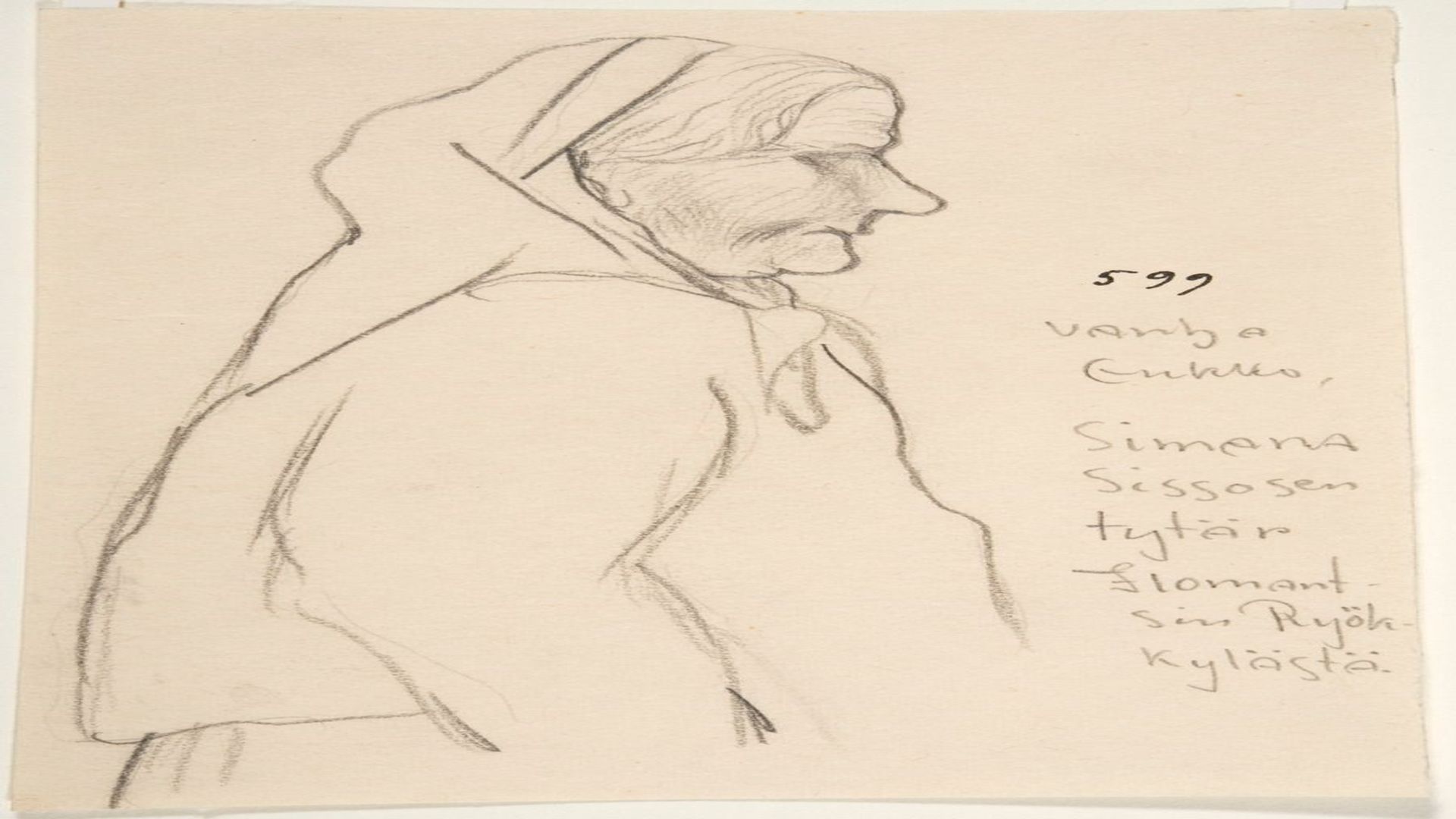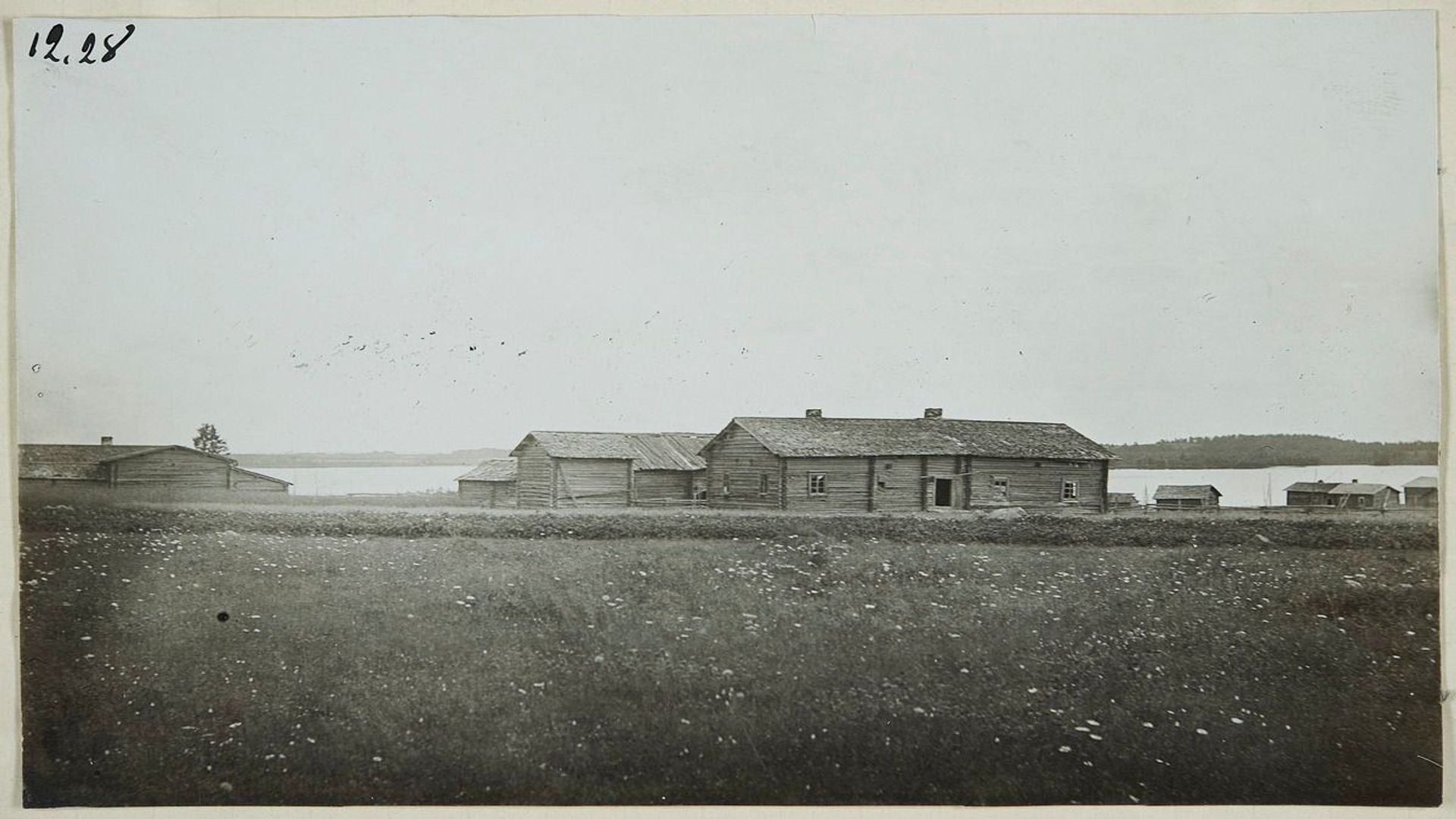Cultural Heritage
For centuries, the lives of people living by Koitajoki were centered around fishing, gathering, hunting – especially for wild forest reindeer and birds -, and slash-and-burn agriculture. The runesinging tradition was tied to these practices and remained a vibrant part of the local culture until early 1900s. Runesinging is an endemic singing tradition of poems that has been orally passed from one generation to another. It was a way to analyze and interpret the world, both in everyday life and during celebrations. The national epic of Finland, Kalevala, is based on these poems, a major part of which have been collected in the catchment of Koitajoki.
Still today, despite the impacts of modernization, river seining is an ancient fishing practice that still remains in Koitajoki. It is a unique form of subsistence fishery that is used for catching the endemic whitefish, simultaneously supporting its spawning areas.
Ecological Aspects
The 200-kilometre-long Koitajoki River flows through large peatlands and forests in the borderlands between Finland and Russia. Almost 40 % of the lands of the river’s catchment consist of peatlands, which is why the water of the river is naturally humus-rich and dark in color.
Even though the Koitajoki catchment remains a vibrant wilderness and provides diverse habitats for a multitude of species, it has also experienced major changes and disturbances. Hydropower construction, logging, drainage of peatlands, and peat mining, especially since the mid-1900s, have had its effects on both water quality and biodiversity of the entire catchment. The mercury levels of the river are of special concern.
Koitajoki used to be a significant spawning area of migratory fish, such as the endangered landlocked Atlantic salmon. The endemic plankton whitefish (Coregonus l. pallasi) still lingers on, despite the damages.
Key Sites
The catchment of Koitajoki is rich in both biodiversity and cultural heritage. Learn more about its sites by visiting the pages below. Some of the sites on the map are included in the Landscape Rewilding Program of Snowchange Cooperative. The program restores waters and peatlands as a response to biodiversity loss and climate change.
Havukkakallio
Havukkakallio hillfort is a rare cultural heritage site in the municipality of Ilomantsi. It was used as a fortification to defend the local population from invaders in the Middle Ages (1300s-1500s AD). Havukkakallio’s steep hills and high walls, the remains of which can still been seen on the hilltop, helped to defend the settlement against enemies.
Keljonsuo
Keljonsuo is a
Kokkokallion kalliomaalaus
Kokkokallio Rock Painting, Kokkokallion kalliomaalaus
Koitere
Koitere is a large lake with 451 islands, sandy beaches and intact peatlands.
Sissola
Sissola
Photos of Koitajoki
Koitajoki Documentary Film
Watch a short documentary about the traditional river seining in Koitajoki below:
This website is maintained by Snowchange Cooperative, an independent non-profit that was started in late 2000 to document climate and environmental change in the North and work with local and Indigenous communities of the Northern regions. The Landscape Rewilding Programme of Snowchange advances community-based and -controlled efforts to fight climate change, enhance biodiversity and protect waterways.

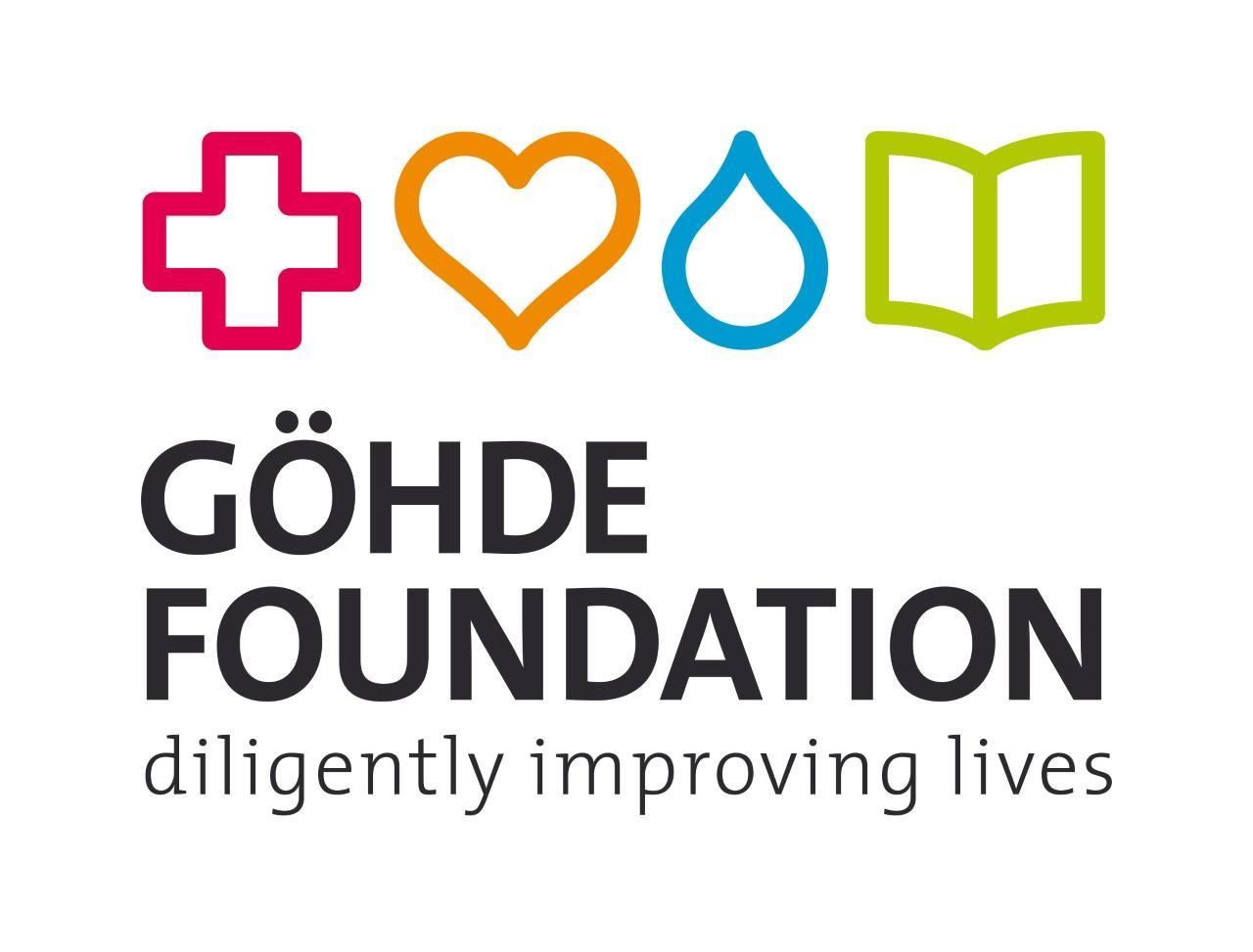

Built by Nolwenture
Hosted by Bittiguru

